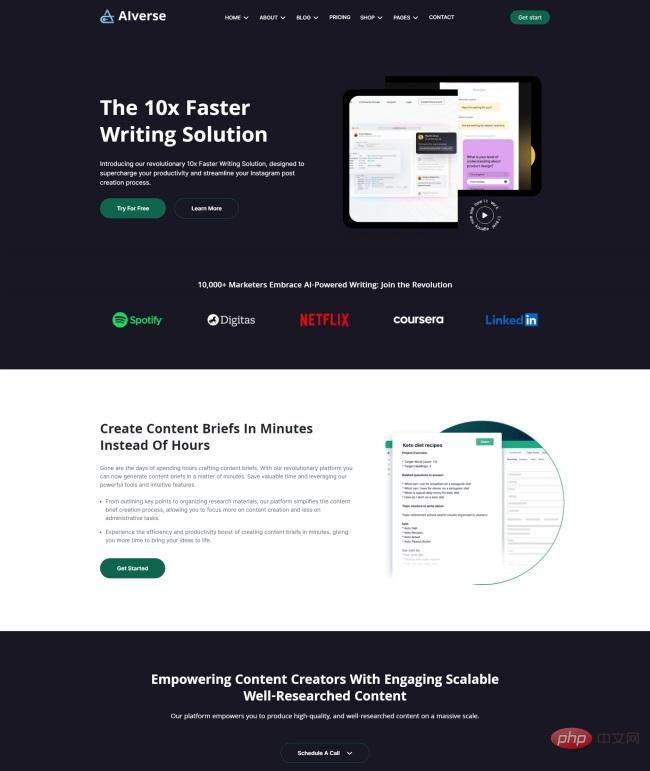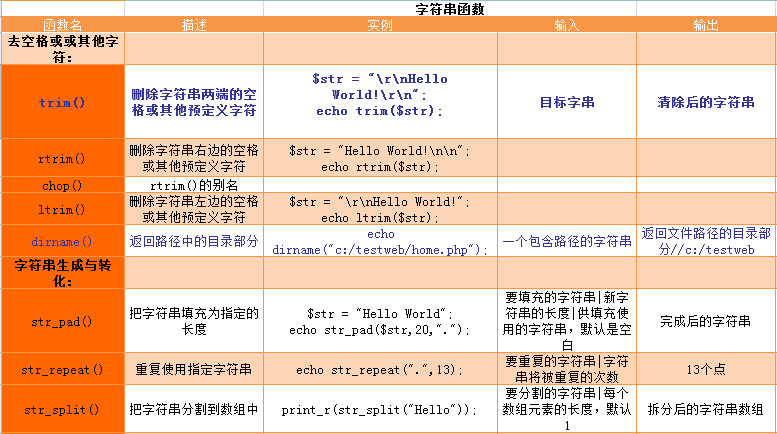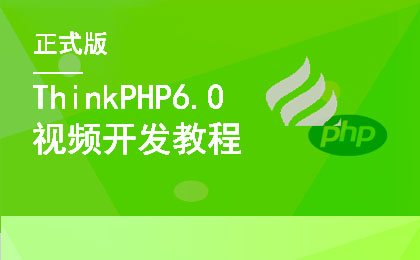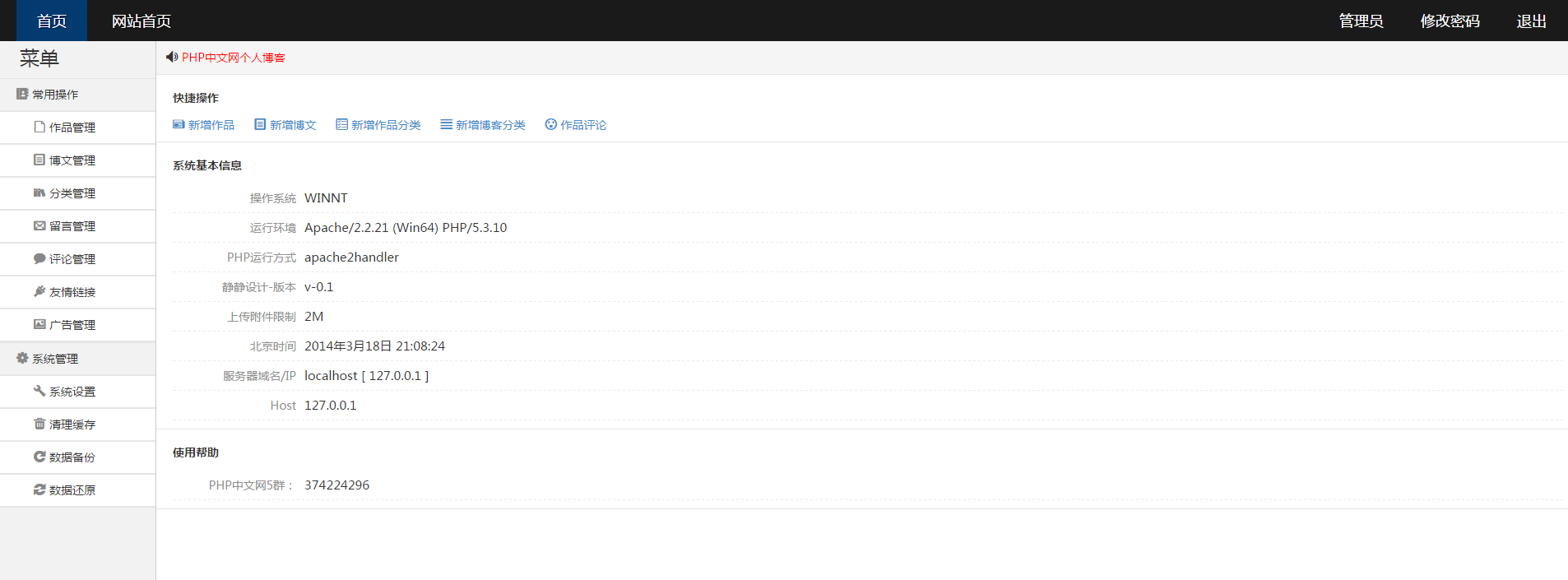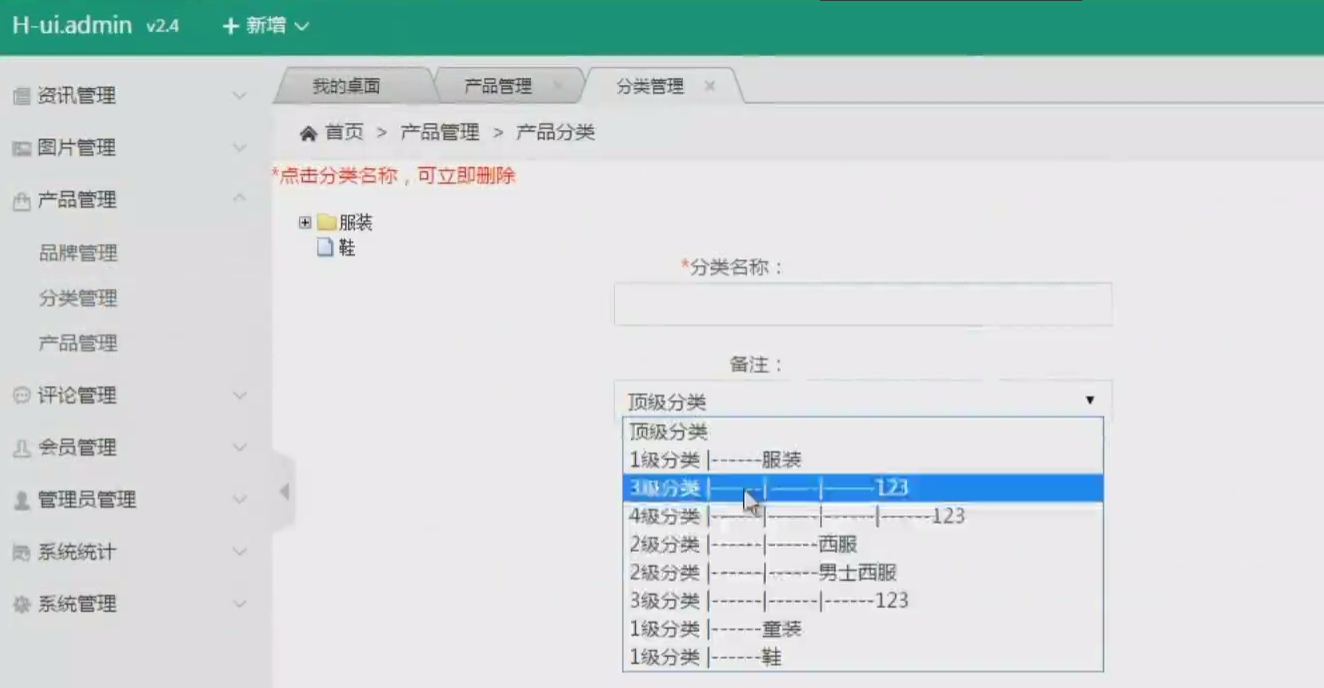current location: Home > Download > Learning resources > Web page production > "The Difference Between HTML5 and HTML4"
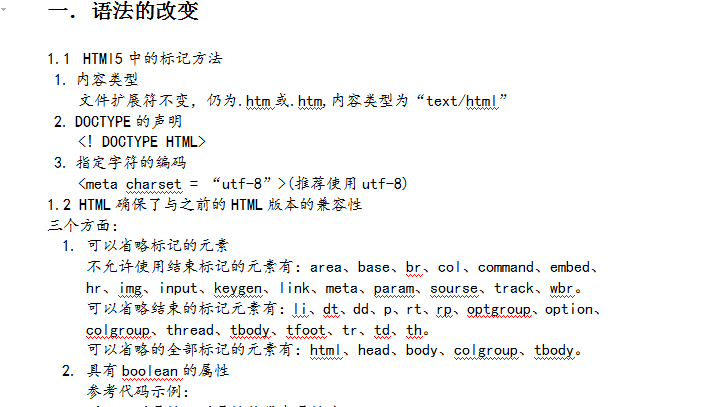
"The Difference Between HTML5 and HTML4"
| Classify: Learning materials / Web page production | Release time: 2017-12-22 | visits: 3062325 |
| Download: 242 |
Latest Downloads
?Horror Beat Phase Maker
?Himalayan Children
?Zebra AI
?Supermarket Manager Simulator
Red Alert Online
Delta Force
Pokémon UNITE
?Fantasy Aquarium
?Girls Frontline
?Wings of Stars
24 HoursReading Leaderboard
- 1 Donkey Kong Bananza: Where To Find Every Banandium Gem In Precarious, Powdery Path
- 2 What microphone to use for YouTube
- 3 Safari not responding on Mac, what to do?
- 4 How to restore your iPhone from an iCloud backup
- 5 How to fix the “Windows is unable to stop the device” error
- 6 Where to Unlock New Abilities in Path of Exile 2
- 7 How to integrate with third-party APIs in a Laravel application?
- 8 Wacom There Is a Problem with Your Tablet Driver! How to Fix It?
- 9 how to fix "a fatal error occurred during win setup"
- 10 Shrunken garden survival adventure Grounded 2 gets off to grand start on Steam, surpassing original's player peak
- 11 Optimizing MySQL for E-Commerce Platforms
- 12 How to configure assigned access for a user account in Windows
- 13 How to Transcode FLAC Files With flac2all in Linux - Make Tech Easier
- 14 python flask blueprint example
- 15 This Wallet Tracker Is Fully Chargeable, And It's Just $20 Right Now
Latest Tutorials
-
- Go language practical GraphQL
- 3807 2024-04-19
-
- 550W fan master learns JavaScript from scratch step by step
- 5132 2024-04-18
-
- Getting Started with MySQL (Teacher mosh)
- 3210 2024-04-07
-
- Mock.js | Axios.js | Json | Ajax--Ten days of quality class
- 3765 2024-03-29
one. Changes in syntax
1.1 Marking method in HTMl5
1. Content type
The file extension remains unchanged, it is still .htm or .htm, and the content type is "text/html"
2. DOCTYPE statement
<!DOCTYPE HTML>
3. Specify the encoding of characters
<meta charset = “utf-8”> (utf-8 is recommended)
1.2 HTML ensures compatibility with previous HTML versions
three aspects:
1. Marked elements can be omitted
The elements that do not allow the use of closing tags are: area, base, br, col, command, embed, hr, img, input, keygen, link, meta, param, source, track, wbr.
The end tag elements that can be omitted are: li, dt, dd, p, rt, rp, optgroup, option, colgroup, thread, tbody, tfoot, tr, td, th.
All marked elements that can be omitted are: html, head, body, colgroup, tbody.
2. Attributes with boolean
Reference code example:
<!—Writing only attributes without writing attribute values ??means that the attribute is true-->
<input type = “checkbox” checked>
<!—Attribute value= attribute name, which means the attribute is true-->
<input type = “checkbox” checked = “checked”>
3. Omit quotation marks
When the attribute value does not include empty strings, "<", ">", "=", single quotes, double quotes and other characters, the symbols on both sides of the attribute can be omitted.
<input type = text>
1.2 Marking example
<!DOCTYPE HTML>
<meta charset = “utf-8”>
<title>HTML5 markup example</title>
<p>This code is HTML5
<br/>Written in syntax













![[Web front-end] Node.js quick start](https://img.php.cn/upload/course/000/000/067/662b5d34ba7c0227.png)

